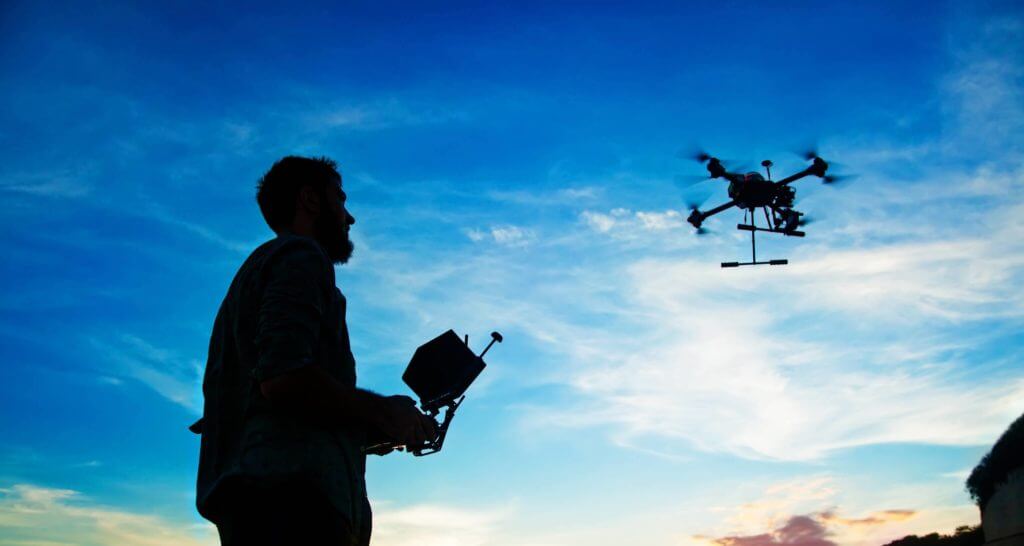
I had the pleasure of attending a few segments of Boulder Startup Week, a weeklong event just down the road from Cardinal Peak dedicated to helping startups become successful. Startup Week brings innovators, entrepreneurs, mentors, and investors together to talk about how startups can create the right culture, find funding, bring a product to market, and many other aspects included in starting a tech company in today’s market.
One of the big draws of Startup Week is the TechStars Demo Day showcase, where, this year, 11 companies were featured and allowed to give pitches to investors. From an on-demand family ancestry and heritage finder to drone co-pilot software for insurance companies, the startups demoing at TechStars were innovative and interesting. But it left me wondering one thing: Where were the hardware companies?
With the exception of one of the TechStars “Class of 2016,” all of the companies were presenting software. Apps and platforms instead of gadgets and widgets. As a hardware engineer (who now does business development here at Cardinal Peak), I was left wanting something to hold on to.
In today’s market, we know that a lot of engineering startups are software-based. From the SAAS and SAAP to the hardware-agnostic and the cloud, it seems like hardware ideas might be taking a back seat. Are there really so few hardware ideas out there? Or are investors no longer interested? Or, as I want to discuss a little further here, does developing a hardware product just bring on so many additional challenges that startups aren’t willing to go there?
Let’s take a look at a quick rundown of what is involved in creating a hardware-based product once the idea is born:
Contents
What do the architecture and product specs look like?
- Battery or rechargeable: Which one and how long should a battery or recharge last?
- Connectivity: Bluetooth? BLE? Wi-Fi? Zigbee? Z wave? Cellular? Ethernet? The options don’t seem to stop.
- Display: Size, color, resolution? Touchscreen? Resistive or capacitive?
- Industrial design: What does the product look like to the consumer?
- Sales lifecycle: How long will the product be for sale? How long will the product last? For example, if you’re building a wearable that lasts 10 years, it will likely outlive the cell phone technology where it operates its app.
- Temperature range: Can it survive an Arizona summer or a North Dakota winter?
- Cost of goods: How much does it cost to build? Did you include non-recoverable engineering and testing in that number? What about system integration, packaging and inventory storage?
- Expected annual usage: What is volume? How many do you want to sell? What does this mean for manufacturing, pricing, and components?
And these are just the questions that have to be answered before you can start designing. Once that part of the process begins, you’re left with a new set of questions:
How do we build it?
- Proof of concept: Is this idea doable?
- Prototype: What does the first attempt at production look like? Does it include mechanical housing?
- Regulatory testing: Where will this product be sold? What testing requirements do those locations have?
- Production: How many are you building and what does that bill of materials (and the lead time) look like?
And once the product is created, there are even more things to worry about.
How do we get it to market?
- Packaging and branding: Did you consider both shipping packaging and retail packaging? What are the time constraints? (it was mentioned at TechStars that some had underestimated how long packaging would take) What are the retail shelving requirements?
- Sales: Online, retail or both? Are there minimum order requirements? What is the distribution method? When will you release? How will you store inventory? What is your brand strategy?
This list is by no means inclusive of everything, but I think it provides a picture of the “extras” that are involved in manufacturing a tangible product instead of developing software. Is this what stops hardware ideas before they get started? What will the Internet of Things look like if there are no new “things?” While I can see why the shift toward software makes life easier for a startup, I think we’re always going to need hardware, too. We need those things to hold onto outside of the cloud. Besides, if no one is there to make the drone, then why would we need drone-piloting software?
We’d love to hear your comments about what makes hardware so hard and how engineers and startups can overcome those obstacles.
